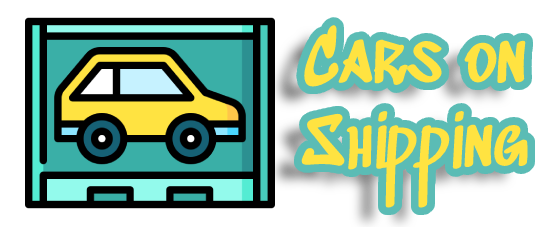Shipping your vehicle via an auto transport carrier is a great way to transport your car, truck or motorcycle over long distances. However, it’s important to properly inspect your vehicle both before and after the transport to ensure everything arrives safely and remains in good working condition.
Importance of Vehicle Inspections:
Conducting thorough inspections can help catch any potential issues early and also document the vehicle’s condition to address liability if problems arise during transit.
They Protect Your Investment
Your vehicle represents a major financial investment. Proper inspections allow you to carefully document its pre-shipping condition so you have a basis for comparison afterwards. This serves as evidence in case any damage is found post-transport that was not present before.
They Ensure a Smooth Shipping Process
Inspecting your vehicle upfront enables you to note and address any pre-existing problems that could be mistaken for transport damage later on. It’s also a chance to check fluid levels, tire pressure and perform basic maintenance. Addressing issues proactively avoids delays from repairs needing to happen once the vehicle arrives at its destination.
How to Inspect Your Vehicle Before Shipping
Exterior Inspection
Start your visual inspection by walking entirely around the outside of your vehicle. Check for dents, scratches or other imperfections. Note the condition of mirrors, lights and any accessories. Pay attention to small details that could get missed.
Interior Check
Examine the interior for flaws or signs of wear. Look at seats, dashboard, doors, carpet and headliner. Ensure furnishings like floor mats are securely fastened. Check electronic components and test all controls.
Under the Hood
Lift the hood and thoroughly inspect engine bay, hoses, belts, fluid levels and other mechanical parts. Check for leaks, cracks or loose/worn components. Top off fluids if needed for the journey.
Tires and Brakes
Examine each tire sidewall and tread for cuts or abnormal wear. Measure tread depth. Check brake pads/shoes for sufficient material. Ensure tires hold proper air pressure.
Take Photos
Use your camera or phone to photographically document the vehicle from all angles inside and out. Be sure to get clear, well-lit pictures of any pre-existing flaws. Date and save the photos digitally for future reference.
How to Inspect Your Vehicle After Shipping
Exterior Re-Inspection
Begin your post-transit examination by again walking around the vehicle and comparing its current condition to your pre-shipment photos. Look for any new dents, scratches or paint imperfections that weren’t previously noted.
Interior Check-Up
Inspect inside cabin, seats, doors, storage areas and electronic components. Verify interior items are securely in place without loose components or new scrapes/tears that weren’t there before shipping.
Under the Hood Again
Lift the hood and re-check engine bay, hoses, belts and fluid levels. Ensure coolant, oil, brake fluid etc. quantities match what was marked in pre-ship images. Check for leaks underneath from transported fluids.
Wheels and Tires
Inspect each tire for new punctures or cuts to sidewalls, as well as verifying proper inflation. Rotate tires to identify any uneven or new wear patterns. Check lug nuts are fully tightened.
Operational Test
With vehicle shut off, activate turn signals, headlights, hazard lights and other electrical features to validate proper functioning. Take vehicle for a test drive to assess braking, steering, transmission and engine performance.
Document Issues Thoroughly
Photograph and describe in writing any discrepancies found during the post-transport inspection. Note location, size, shape and severity rating of each flaw. Report deficiencies promptly to the auto transport carrier for evaluation and potential remedy.
Key Takeaways
Proper vehicle inspections before and after auto transport are critical to protecting your investment and safeguarding your shipment experience. Thoroughly documenting condition allows for accurate comparison and accountability. Following these inspection tips makes it easy to spot any new damages from transit versus issues already present. Taking the time for pre and post checks results in a smoother auto shipping process overall.

